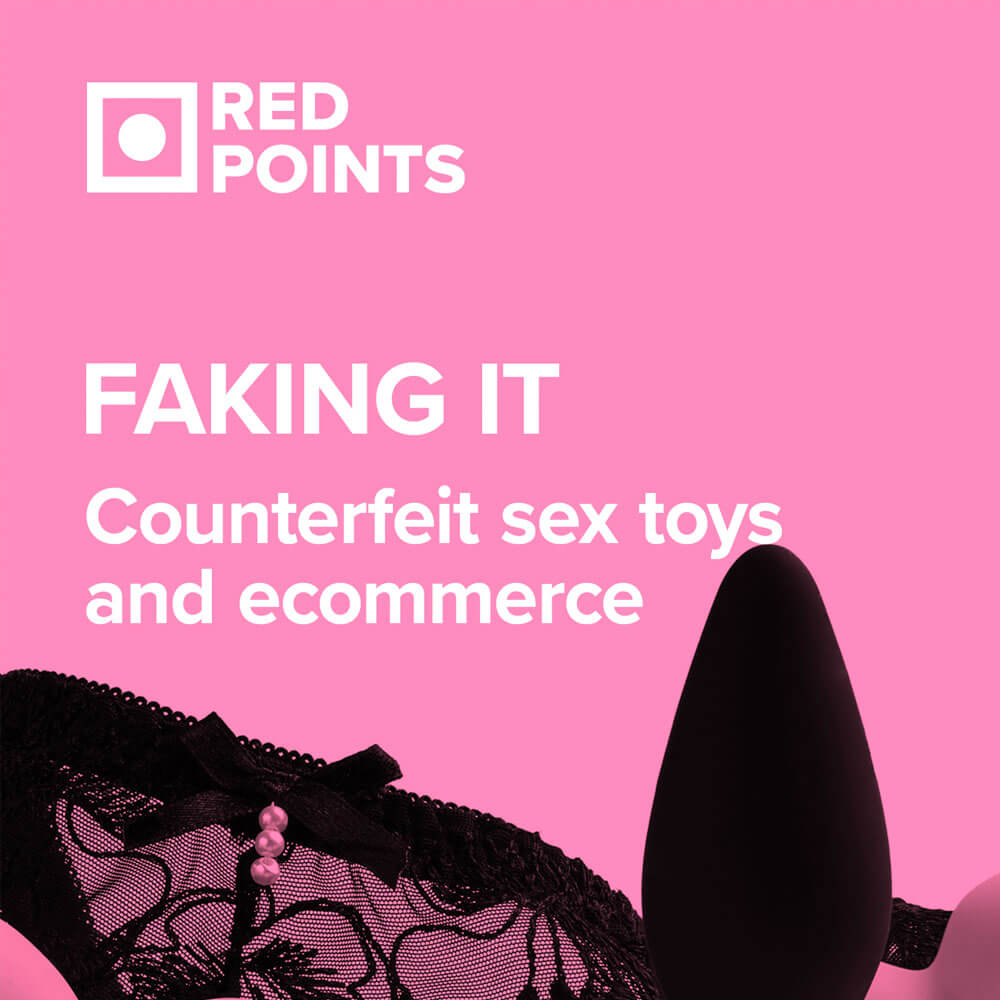8th July 2019 – The chances are, if you come across a listing selling a pair of Birkenstocks on Amazon.com, there is a high risk they are fakes or from an unauthorized seller. Birkenstock is one of many brands to have pulled their products from the platform in an effort to address growing concerns over counterfeits.
In a matter of years, the huge popularity of online shopping has made monitoring e-Commerce sites a key priority for most brands. As a matter of fact, Amazon recently launched its Project Zero Initiative in an effort to rid its site of knock-offs. However, with scammers continually on the lookout for bigger audiences to sell to, the rapid year-on-year growth of social media users has offered a unique opportunity for them to further expand their operations.
Instagram alone now has well over one billion users worldwide and shows no signs of slowing down — quite the opposite. As a matter of fact, the photo and video sharing app recently launched a new checkout feature, allowing brands to sell directly to shoppers from the platform. Meanwhile, Facebook has also been championing this new e-Commerce-led approach for quite some time with Facebook Marketplace — a community-oriented service that aims to bring regular people together to buy and sell on their platform.
However, whilst these developments offer new revenue streams for brands, could social media platforms’ move to direct-to-consumer shopping further exacerbate the platforms’ counterfeit problem?
According to a study by Ghost Data, which used logo-recognition technology combined with hashtags and keyword searches to scan about four million Instagram posts, almost 56,769 accounts were involved in counterfeiting activities in 2019, compared to 20,882 accounts in 2016. The current scale of the problem speaks volumes about how counterfeiters are migrating their sales and marketing operations to social media.
In recent years, counterfeiters have quickly recognized the potential of social media platforms for a number of reasons. To start, the reach available on social is colossal, and as mobile technology continues to become more accessible, the number of people on social media will only increase. Additionally, our research has shown that across a number of different industries consumers already are very receptive to the idea of purchasing items from social media.
Facebook and Instagram also are renowned for their sophisticated advertising tools, which explains why counterfeiters are using these platforms to capture traffic with sponsored posts and redirect interested parties to other sites to make purchases. On Instagram, counterfeiters often include contact details for Chinese or international messaging services, where buyers can follow up to actually make the purchase and bypass platforms’ security measures. To make matters worse, the hashtags used to accompany the posts are usually the real brand name.
Meanwhile, despite Instagram’s sophisticated spam detection and blocking systems, the fact that millions of brands across thousands of product categories are using the platform daily means automating IP detection and enforcement processes will become critical for social media sites to protect shoppers against fraudsters.
Read the full article in Retail TouchPoints.




